
It’s hard to believe that over 40 years have passed since BMW first debuted the 3-Series back in 1975. The same year that saw the foundation of the Philippine Basketball Association and the staging of the most famous boxing match of all time—“Thrilla in Manila”—also gave birth to the first-ever BMW with the number ‘3’ stuck to the trunk lid. While Muhammad Ali was busy knocking seven bells out of Joe Frazier, German motorists were enjoying the E21, the first generation of what would become the company’s biggest seller. Now the seventh generation of the 3-Series has been unveiled at the Paris Motor Show. Internally called the G20, it arrives with a refreshed focus on the driver and pairs a new design language with loads of new technical goodies.

Let’s start with what’s under the hood. The new bread-and-butter Bimmer will offer six engine variants from launch. Two petrol four-cylinders—the 320i (1,998cc; 184hp and 300Nm) and the 330i (1,998cc; 258hp and 400Nm)—are joined by the 318d (1,995cc; 150hp and 320Nm), the 320d and the 320d xDrive (both 1,995cc; 190hp and 400Nm), and the only six-cylinder for now, the 330d (2,993cc; 265hp and 580Nm). A new M model (simply called the M340i) and a plug-in hybrid version (called the 330e) will follow a little later. The brand claims optimized efficiency and less fuel consumption due to the engines themselves, but also thanks to a sleeker exterior design that now boasts a drag coefficient of just 0.23 (a substantial improvement from the old model’s 0.26) and includes an almost completely sealed underbody.
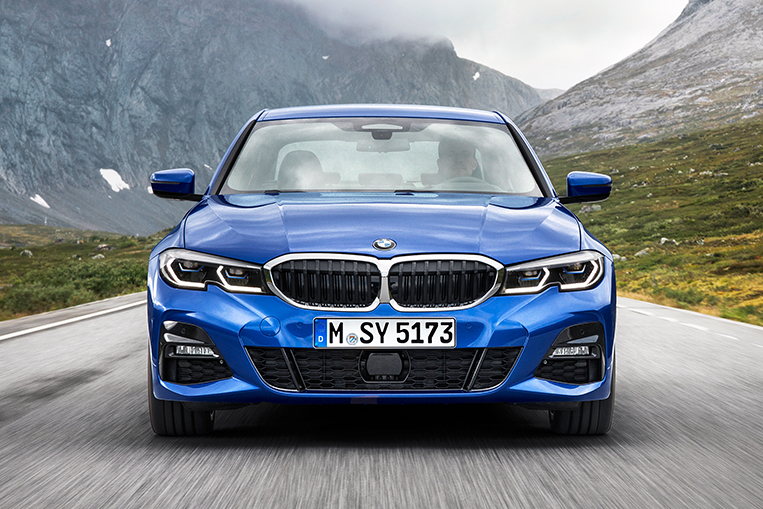
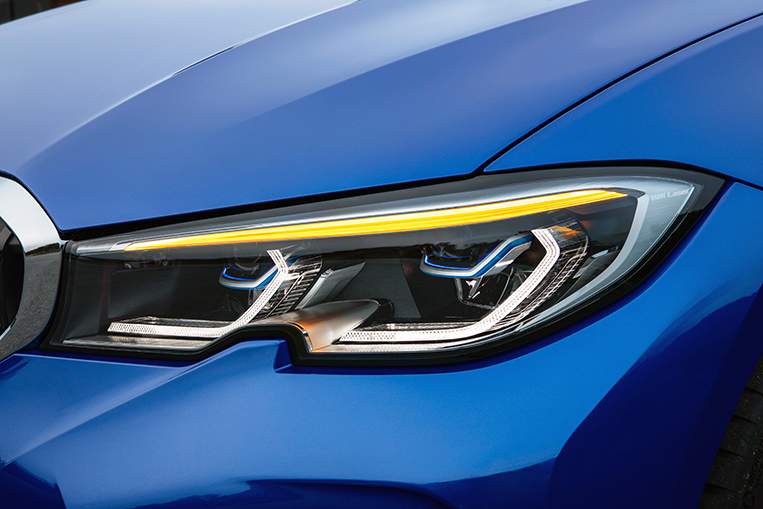
Said design is new but not revolutionary, just as one would expect from a car that has to please an awful lot of potential buyers all across the globe. The sculpted front revolves around a much more prominent BMW kidney grille, and is flanked by the trademark twin headlights featuring a two-way split that is now accentuated by a little notch in the front apron. Contour lines along the hood and a pair of character lines lead the eye toward the rear of the car, where muscular wheel arches further emphasize the revised proportions of the latest 3-Series. The rear doesn’t disappoint either and now features L-shaped, three-dimensional light units that sit comfortably between the gently contoured trunk lid and the rear bumper.
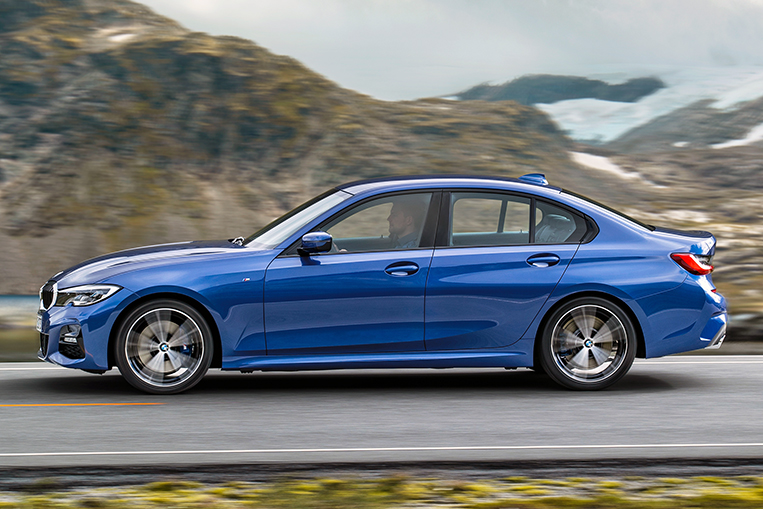
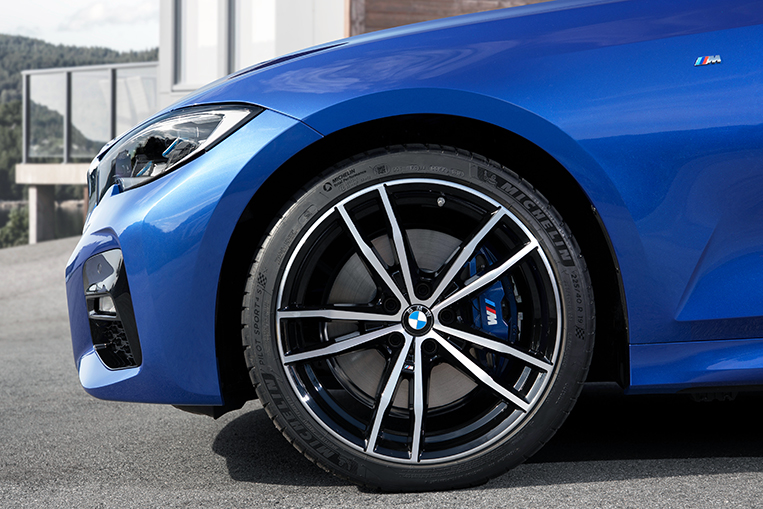
The new car stands 4,709mm long, 1,827mm wide and 1,442mm tall, making it just slightly bigger than its predecessor. The wheelbase has been extended by 41mm to 2,851mm, as has its track width, by 43mm at the front and 21mm at the back. Weight distribution is 50:50, while buyers can now choose to have the car delivered with the standard suspension, the M Sport suspension or the Adaptive M suspension. The first two now feature lift-related dampers that will purportedly reduce body movement on bumpy roads or when cornering with vigor, while the latter comes with electronically controlled dampers.
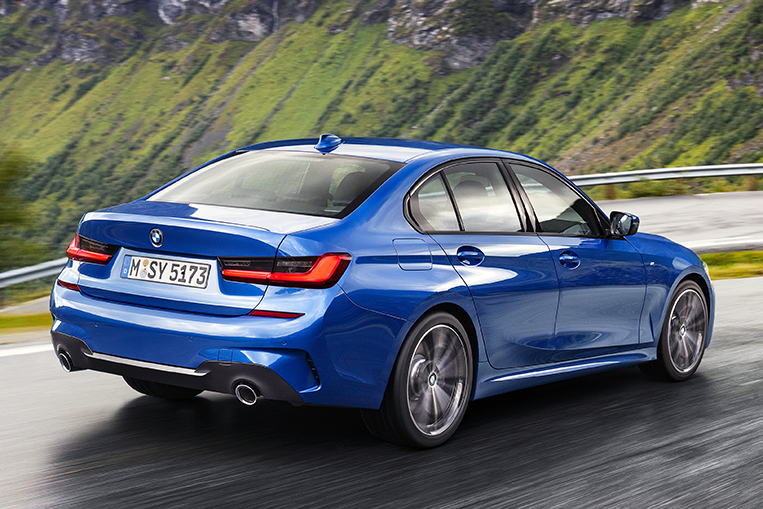
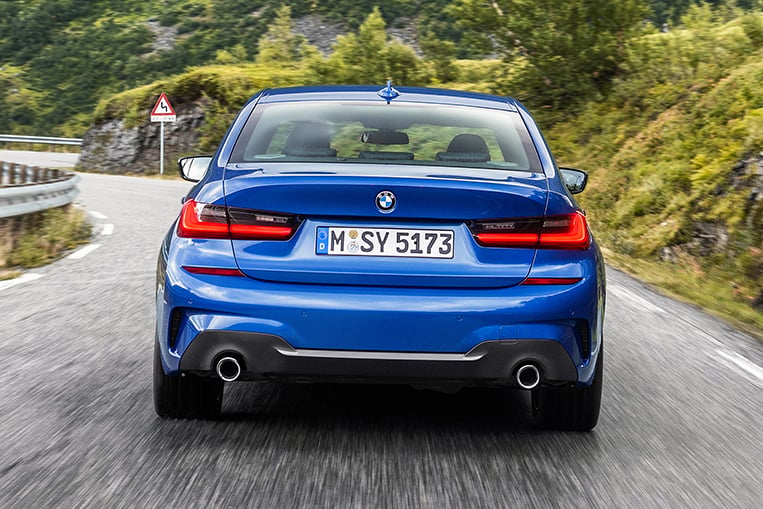

On the inside, buyers can lay the baseline by choosing from Advantage, Sport Line, Luxury Line and M Sport equipment lines before adding options to their heart’s (and bank account’s) content. From optional Vernasca and BMW Individual Merino leather trims, to three-zone automatic climate control, wireless phone charging, ambient lighting and Harman Kardon surround sound system, there is no shortage of features to make the cabin a place you’ll never want to leave. The trunk has enough space for 480L of shopping or luggage, with the rear seats offering a 40:20:40 split if more room is needed.
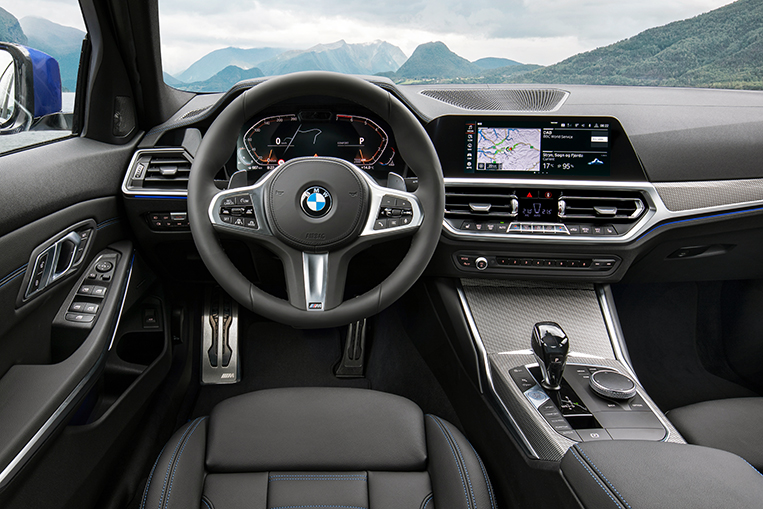
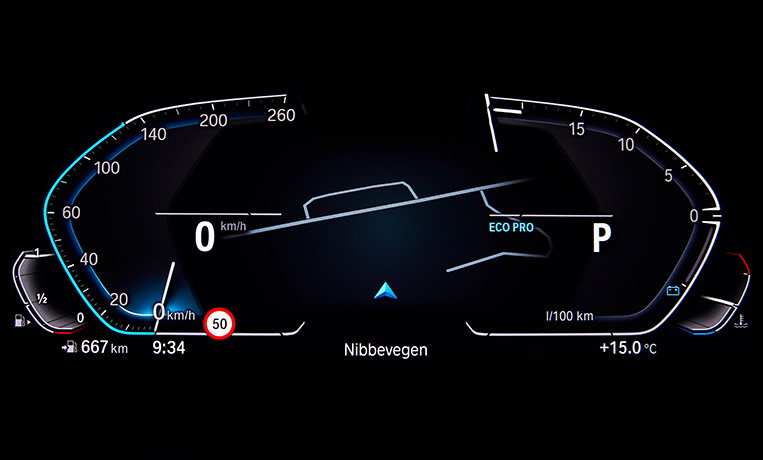
Munich’s latest compact sedan also comes packed with plenty of the latest assistance systems, ranging from lane departure warning to city braking and pedestrian warning functions. An active cruise control that can handle stop-and-go traffic is also onboard, and the optional Driving Assistant Professional pack even promises to help the driver when lanes get a bit tight, such as in construction zones. Much of that probably won’t be welcomed by purists who want to feel like they’re always in control of the car. And while we’re on the subject of likely unwelcome changes: The only two models available with a stick shift are the 318d and the 320d. Everything else comes with the eight-speed Steptronic transmission as standard.
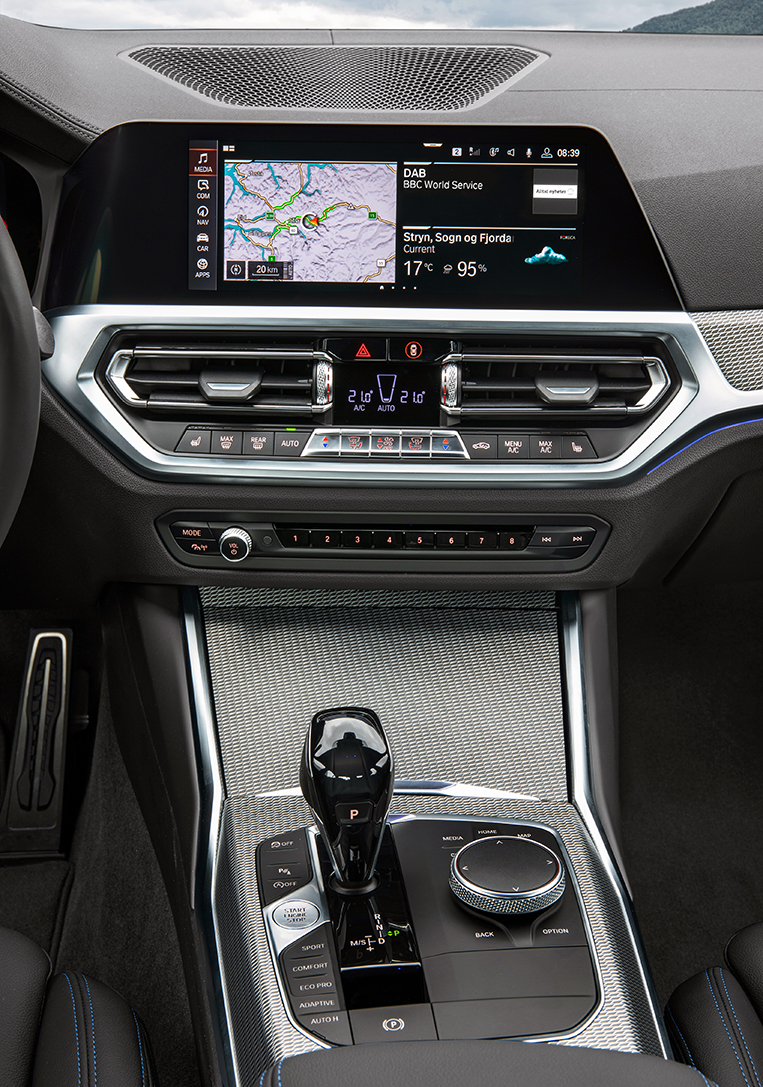
At least, drivers can look forward to a new feature called the BMW Intelligent Personal Assistant, sort of a Siri for your car. Simply say “Hey BMW!” and ask your vehicle a question. The manufacturer asserts that the feature can do anything from answering simple queries (like “what’s the oil level?”) to performing more complex tasks. Time will tell if this is really useful.

A bigger heads-up display and the 10.25-inch control display add to the high-tech ambience, while the iDrive controller and the gesture and voice controls should make operating the car a cinch. The all-new 3-Series will be available in Europe from March 2019, with prices starting at €37,850 (P2.37 million) for the 318d and going up to €49,450 (P3.10 million) for the 330d.

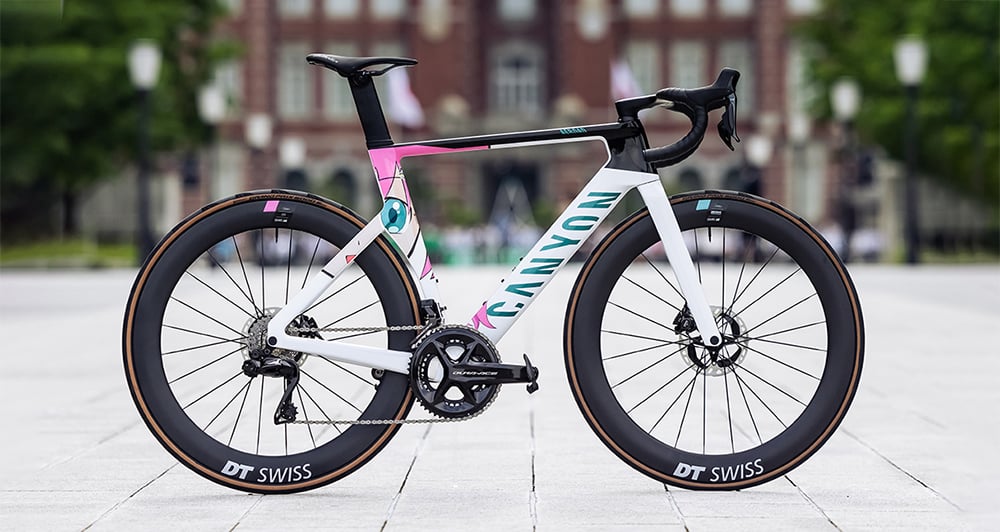

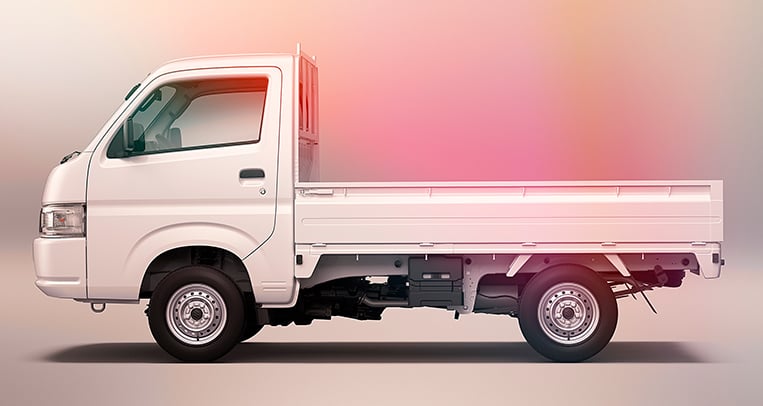
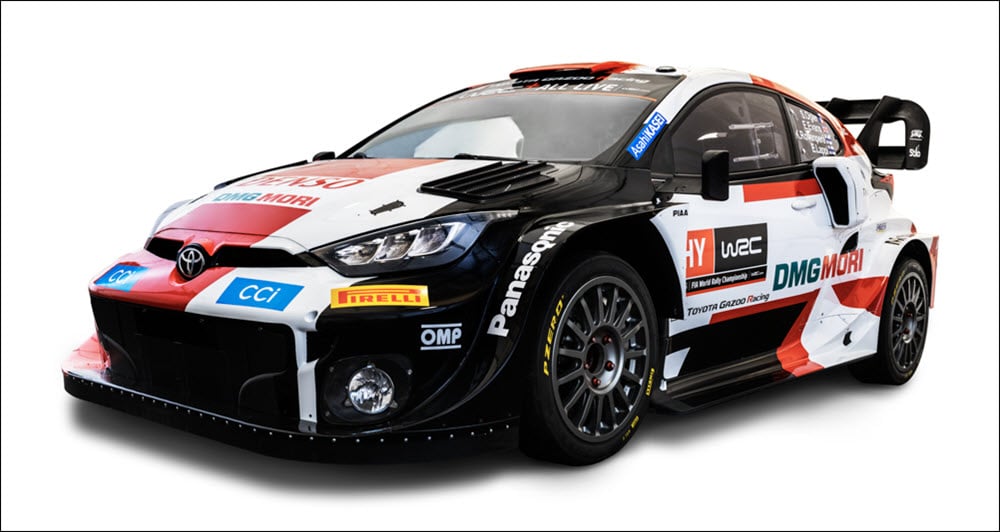
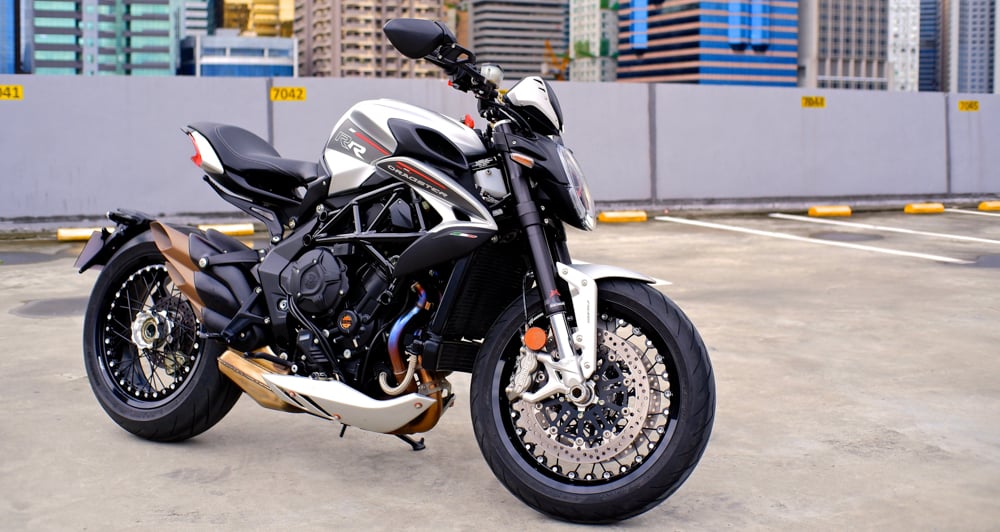
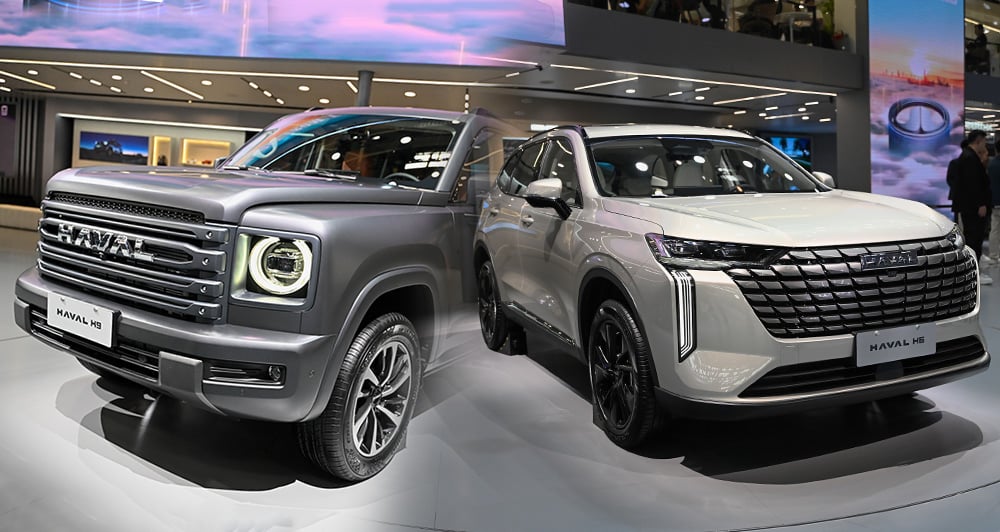

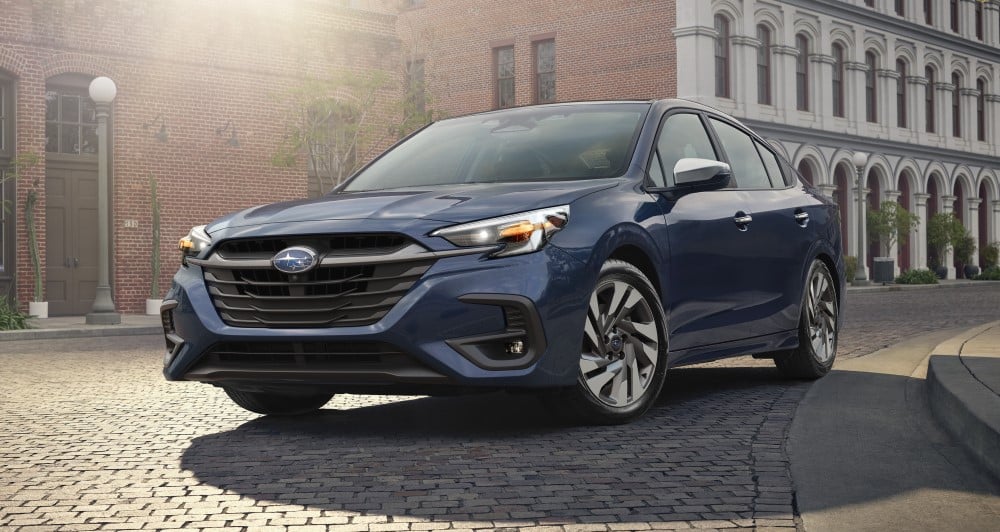
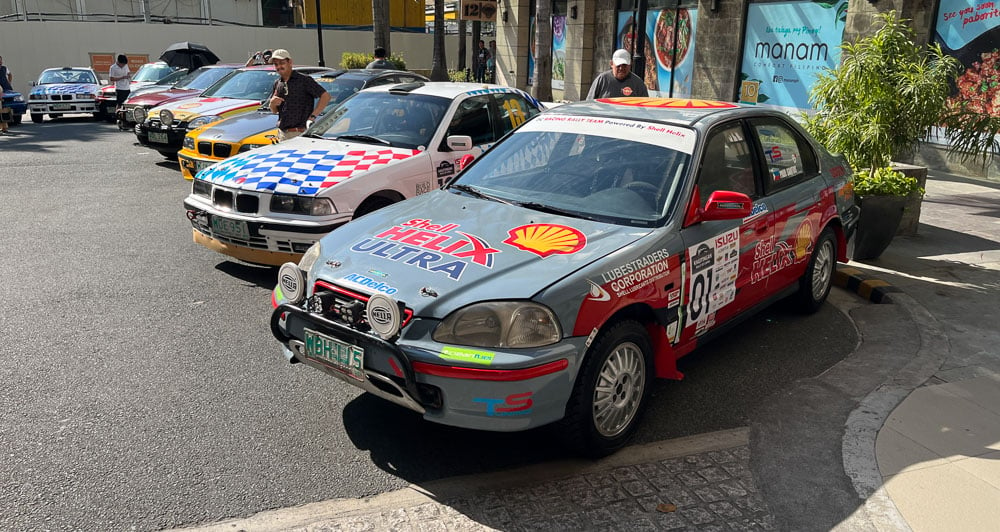

Comments